Pork Siomai Dumplings with Quail Eggs
As an Amazon Associate and member of other affiliate programs, I earn from qualifying purchases.
This year, to celebrate Chinese New Year in my American home, I made a large platter of Pork Siomai (say ‘shu-my’) Dumplings with Quail Eggs. In keeping with tradition, our family always has a feast of Chinese dishes with Filipino flavors. The Lunar New Year is a time of renewal, celebrations and giving thanks for the good things bestowed on us. At this time of year, Asians gather their families together and food is the centerpiece of the event.
I was in Manila during Chinese New Year last year. I had forgotten that in Asia, it’s like Christmas all over again. Filipinos enjoy Chinese New Year. The traffic was horrendous. Cars were at a standstill and it took me hours to get anywhere. Stores were crowded. Restaurants were all booked. It was a frenzied chaos with a celebratory mood of sorts. The only consistent thing was the abundance of food in everyone’s home, on everybody’s table. After all, food was a symbol of good fortune and prosperity.
What exactly happens on Chinese New Year in Asia? Here’s what I stumbled upon when I was reading: “The Chinese New Year falls on January or February, by the western calendar. In China,the three days leading up to this auspicious event were known as ‘Little New Year’, when debts must be settled. Old scores were settled, new clothes bought. Those who had it wore gold, to advertise wealth and success, dressing their children in cinnabar red, the color of good fortune. Every child was given lucky money by members of their family in a sealed packet of red and gold, while the adults exchanged gifts. The house was carefully swept. The house and its occupants must be spotless, so that the ‘feng shui’ forces of wind and water could flow unhindered.” ( Pai Kit Fai, “The Concubine’s Daughter” 2009)
So what’s happening at our home to herald the Lunar New Year? Well, after making sure the house was clean, I steamed these pork dumplings with a quail egg on top of each one. I shall make sure we have the traditional Chinese ‘tikoy’, steamed rice cake in molasses that will be sliced in slivers and deep fried. And not to be missed, I bake savory Peanut Cookies, and those delicate little puffy Pineapple Tarts (see previous blog post), a favorite sweet reminder to me that the Chinese New Year is here indeed. Kung hai fat choy! Here’s to prosperity, good fortune and much abundance to all of you, my dear readers.
Pork Siomai Dumplings with Quail Eggs
Equipment
- Steamer: Bamboo or Stainless Steel
Ingredients
- 1 pound ground pork
- 1/2 pound fresh medium-sized shrimps peeled, deveined, finely chopped
- 2 stalks scallion whites chopped
- 3/4 cup chopped water chestnuts canned; drain liquid
- 2 whole eggs
- 1/4 cup Panko bread crumbs
- 2 Tablespoons Xiao Xing rice wine or dry sherry
- 1/4 cup soy sauce
- 1/2 teaspoon salt
- 1 teaspoon white pepper powder
- 1/8 teaspoon sesame oil
- 2 cans (6.7 ounces/190 gm.) boiled quail eggs about 20 eggs in each can; or use fresh and hard-boil them
- 1/4 cup soy sauce for dipping sauce
- 2 Tablespoons calamansi or lemon juice for dipping suace
- 1 package won ton wrappers square or round; about 40 pieces
- for serving: steamed jasmine white rice
- 1 whole egg beaten with 2 Tablespoons water, for egg wash egg
Instructions
- Prepare steamer: Pre-heat bottom pan of steamer by filling with water to the brim. Start by turning heat to a high to let water boil. Grease the bamboo steamer by brushing some oil to the layer that will be used to cook the siomai. Put aside for later use.
- To make the pork filling: Combine all the ingredients, except for the quail eggs, wonton wrappers, and dipping sauce in a bowl. Blend thoroughly.
- To fill the dumplings:Take one piece of won ton wrapper. Put a tablespoon of ground pork filling in the center. Place one quail egg in the center, on top of the pork. Moisten the edges of the wrapper with a little egg wash so it seals. Gather the sides of the won ton wrapper and seal all around, using your fingers. (Note: One can of quail eggs contains about 20 pieces. You can also cook the dumplings in the same manner even without the little eggs in the center).
- To cook the dumplings: Place about 18 pieces of dumplings in a pre-greased flat plate that can fit inside the bamboo steamer. Leave about ½ inch space between dumplings. Do not crowd dumplings or when cooked, the won ton wrappers may stick to each other and you’ll end up with a big lump instead. (Note: I used a bamboo steamer, thus I had to put dumplings in a plate to go inside the steamer. If you are using a metal steamer, then grease insides and place the dumplings directly to cook. No need for a plate in this case).
- Over high heat, while the water in the bottom of the steamer is rapidly boiling, cover and steam the dumplings. Cook for 25 to 30 minutes. Pork must be cooked thoroughly.
- When cooked, remove the dumplings carefully from the steamer, by using a flat turner. Arrange on a platter. Serve the siomai warm with fragrant jasmine rice or a noodle dish.For the dipping sauce: Combine the soy sauce and lemon juice for a side sauce to be served alongside the pork siomai
- Cook’s comments: The canned quail eggs are already cooked hard boiled and peeled. If preferred, fresh quail eggs are sold at Asian markets. Cook the fresh eggs hard-boiled for 10 minutes in boiling water. Then peel off shells to use for this recipe. They can be found in Asian groceries.
- Hello, Friends! All the images and content on this blog are COPYRIGHT PROTECTED and owned by my media company Besa-Quirino LLC. This means BY LAW you are NOT allowed to copy, scrape, lift, frame, plagiarize or use my photos and recipe content I wrote, on your website,books, films, television shows or videos without my permission. If you want to republish this recipe or content on another website, video, news article,or media outlets mentioned above please ASK my permission, re-write it in your own words and simply link back to this blog to give proper attribution. It’s the legal thing to do. Thank you. Email me at [email protected]
Nutrition
Notes on Nutrition: The nutrition information provided is an estimate and will vary based on cooking methods and specific brands of ingredients used.
Did you like this recipe? I have more classic recipes inspired by my late mother’s cooking in my popular cookbook: My Mother’s Philippine Recipes. If you’re learning how to cook Filipino food or a fan of Philippine cuisine, buy my cookbooks and books on Amazon.com sold worldwide in paperback and Kindle format.
Hello, Friends! Please DO NOT LIFT OR PLAGIARIZE my original recipe, stories, photos or videos. All the images and content on this blog are COPYRIGHT PROTECTED and owned by my media company Besa-Quirino LLC. This means BY LAW you are NOT allowed to copy, scrape, lift, frame, plagiarize or use my photos, essays, stories and recipe content on your websites, books, films, television shows, videos, without my permission. If you wish to republish this recipe or content on media outlets mentioned above, please ASK MY PERMISSION, or re-write it in your own words and link back to my blog AsianInAmericaMag.com to give proper attribution. It is the legal thing to do. Thank you. Email me at [email protected]

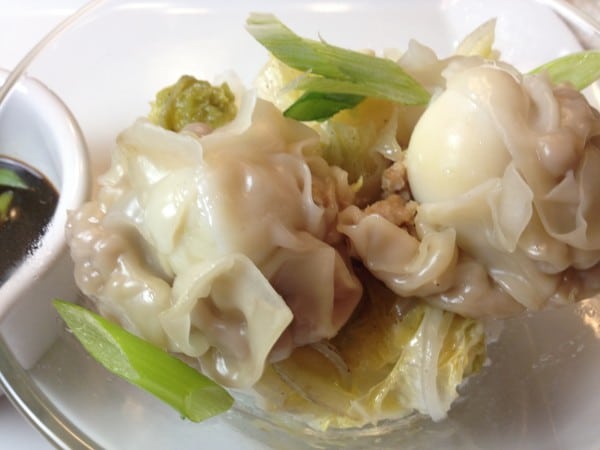
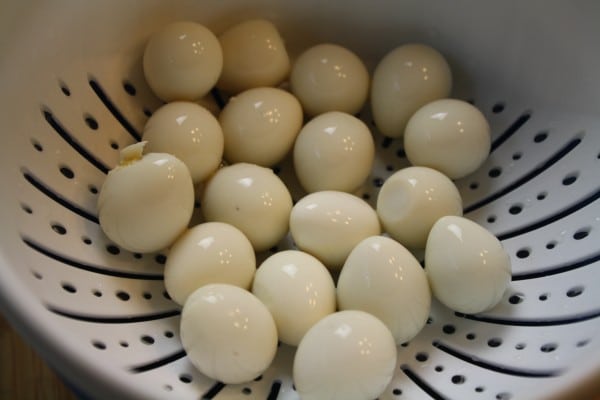
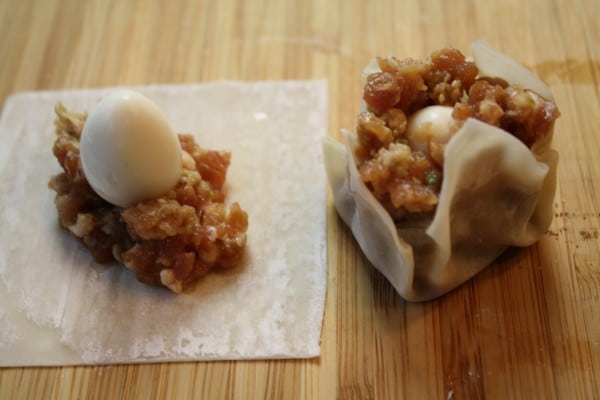
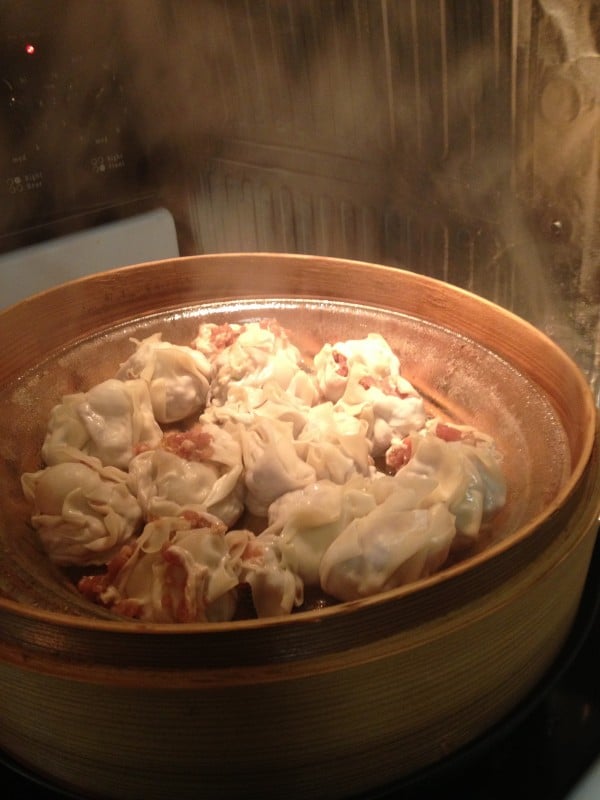
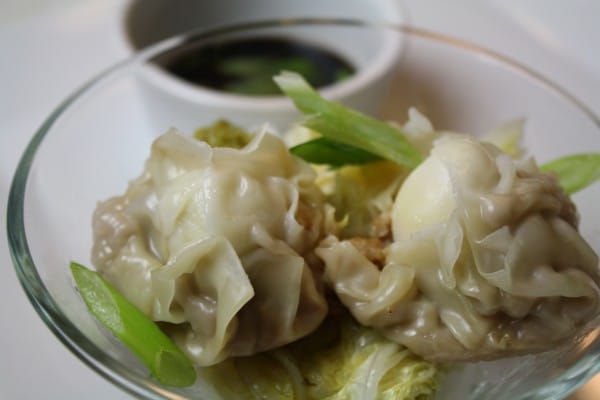
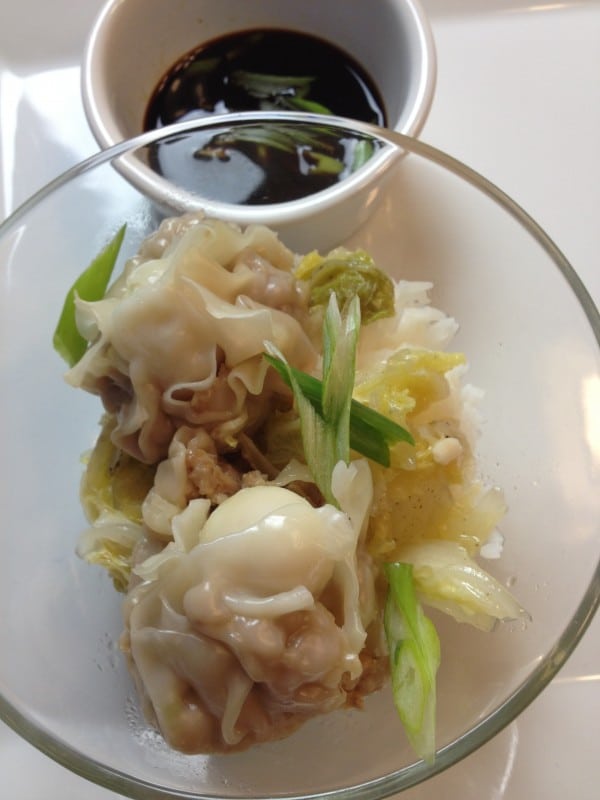
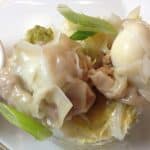
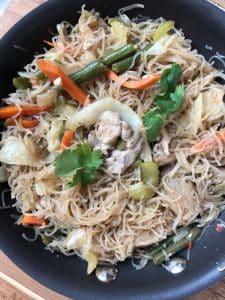
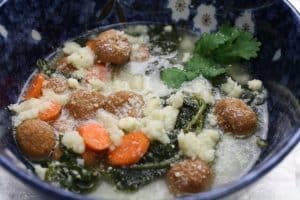
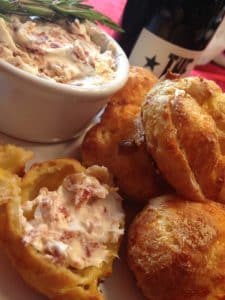
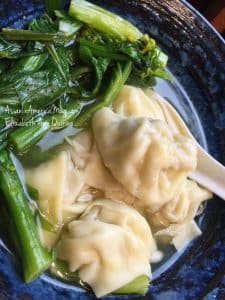
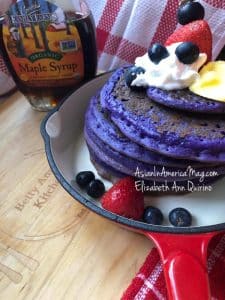
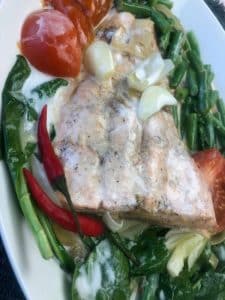
I’ve never had siomai wiht quail eggs before. The dumplings look mouthwatering. This is a perfect dish to serve for Chinese New Year. Thank you, Elizabeth and Happy Chinese New Year!
Thanks for the kind words, Chef Ray. It’s always a pleasure to have you blog-visit! I learned to put the quails egg from my late mom ~ she always liked to use ‘pugo’ eggs as we called it back home on any dish. Back in the Philippines, we hardboiled and peeled the tiny eggs individually, remember? Here in America, I can only find the canned ones, which are convenient, too 🙂
I want to come to your house for Chinese New Year!!!!
Thanks, Laura! You’re always so kind. Wish we could all live next door to each other 🙂
This is such a great idea. I’ve been making for siomai for years but never thought of adding my favorite quail eggs! Ohh dipping in soy sauce… I’m IN LOVE. I’ll definitely make this!
Thanks, Nami. Adding the quail eggs was a technique my mom used to do. Hope you get to try it, too 🙂
Wow, looks soo good, but a lot of work esp. peeling quail eggs! Worth it. Kung hei fat choy.
Thanks, Eleanor! You’re right, the delish quail eggs are so worth it. Back in Manila, I used to buy the eggs and hardboil them, then peel and add to the siomai. But here in America, I found the canned quail eggs, already boiled and peeled- so that’s what I use. Glad you stopped by, thanks for the blog visit!
Elizabeth, These look amazing! I am a chicken when it comes to buying frozen doughs of any kind, but I see these wanton wrappers cook well. I will try it.
Hi Mari! You’ll enjoy making these with wonton wrappers and you will relish the finished steamed dumpling even more. Let me know how it turns out. Thanks for the nice comments & blog-visit 🙂